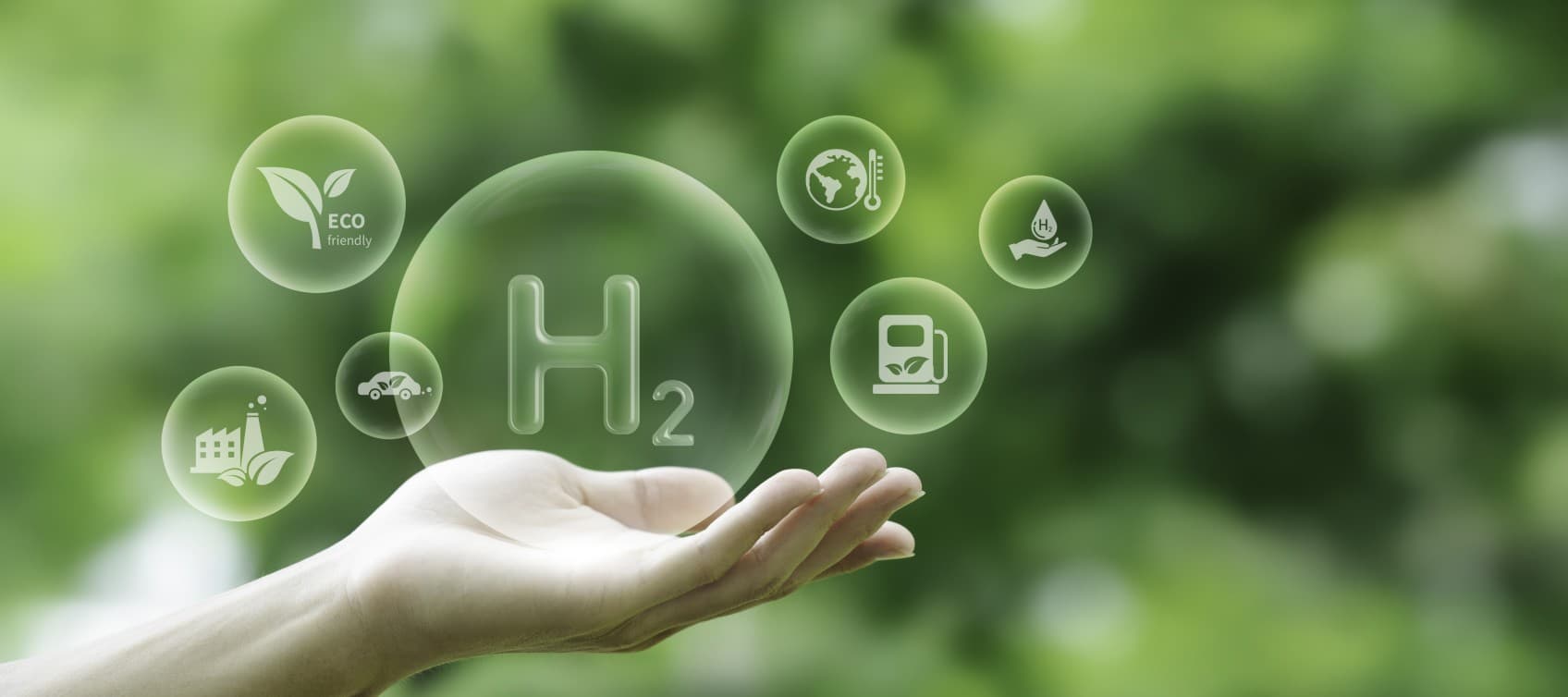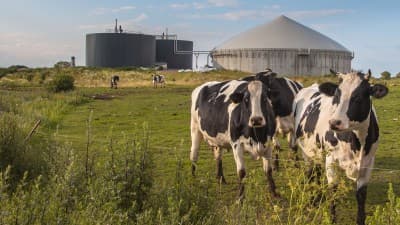Clarus (formally Firstgas Group) is right behind Aotearoa’s carbon zero future. That’s why we are investigating renewable gas solutions including green hydrogen, which we think will play a part in that future.
What is green hydrogen?
Hydrogen can be produced in a number of ways, with each process dictating how environmentally friendly the hydrogen is.
Clarus (Formally Firstgas Group) is most interested in ‘green hydrogen’ which is produced by splitting water using renewable electricity, with oxygen produced as a byproduct. Hydrogen has some major upsides as a source of energy:
- When it’s used, it produces no carbon emissions. A hydrogen-powered fuel cell emits only water vapour and warm air.
- It’s the most abundant element in the universe.
- It’s versatile, because it can be transported as a gas, a liquid or a solid, and it can be converted to electricity.
- It can store three times as much energy as petrol by weight.
- Hydrogen fuel cell vehicles can be filled in minutes and a full hydrogen tank weighs much less than a bank of batteries. This makes hydrogen ideal for heavy vehicle transportation.
Although it’s not perfect for every application, hydrogen will likely be a cornerstone of our efforts to decarbonise heavy industry and commercial transport. But not all hydrogen is created equal.
Producing clean energy can be surprisingly dirty
To produce hydrogen, you need to separate hydrogen out from other molecules. The most common way this is done today is by extracting hydrogen from hydrocarbons such as natural gas. However there are other ways of producing hydrogen such as splitting it out from water using a process called electrolysis.
Both methods use a lot of energy, and where that energy comes from is an important question: It’s fantastic that green hydrogen is a clean fuel when used, but what if it takes huge amounts of fossil fuels to produce it in the first place?
Some hydrogen uses fossil fuels in its production, resulting in significant carbon emissions. But some hydrogen is produced using only renewable power such as solar or wind power – ‘green hydrogen’, which doesn’t produce green-house gas emissions. This makes green hydrogen an excellent source of clean, storable energy.
Hydrogen is colourless – so how can it be green?
Hydrogen is an invisible, entirely colourless gas. The ‘hydrogen rainbow’ is a way of categorising hydrogen based on the type of energy used to produce it. It’s really just a code; there’s no colour added to the hydrogen or visible difference between the various colour types.
There are nine colours on the hydrogen rainbow, and green is the best from an environmental perspective.
Green hydrogen hasn’t been viable – until now
Green hydrogen is an essential tool in our fight against climate change.
As more renewable energy is developed, renewable energy is getting cheaper. And there’s been massive investment and progress in innovative and efficient ways to cleanly produce, capture, store, and use hydrogen. Together, those shifts toward green hydrogen are making it increasingly attractive. If we can produce enough green hydrogen, we can use it to eliminate high-emission fuels from our homes and businesses and particularly for heavy transport and for high-temperature process heat, which is difficult to electrify. That will be an enormous stride in our journey toward a carbon zero New Zealand.





